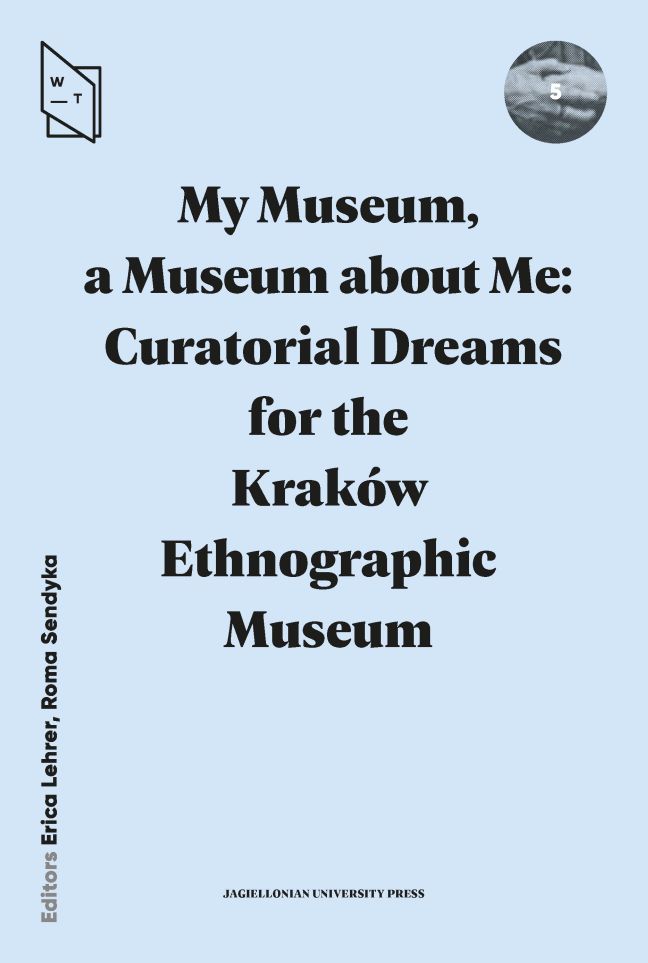Lesson 1. Subject: The Classroom—an Area of Contact or Conflict?
Published online by Cambridge University Press: 01 March 2024
Summary
[…] Moses brought us each a piece of roasted goat. We ate it, wondering at the fact that this boy, the richest among us, dressed in black, pants with suspenders, a warm fleece-lined coat, wanted to join us and establish a permanent place by the autumnal fireside of friendship […]. And though he could not hit a baseball the first time the way we could, and the wooden ball always flew backwards instead of forwards from his wooden stick, it only made us more protective of his helplessness which was different from that of the peasants […]. It was worse, however, at school. When the religion teacher taught the Bible, the next day we looked at Moses like Abraham, the biblical Moses, and King David. And when we began to study the Gospels, Moses was one of those who had betrayed Christ. Then the most spiteful among us snuck a rabbit's or chicken's guts into his schoolbag, poured vinegar taken from their mothers onto his always clean clothes and threw apple cores at him. Moses cried and left the room.
Tadeusz Nowak's story Mojżesz [Moses], the source of the above quote, evokes many questions and doubts. In a remarkably suggestive way it demonstrates, above all, the complexities of interpersonal and multicultural relationships; their dialectical tensions based on closeness and distance at the same time. It inclines us both to ask questions about the paradoxical form of coexistence based on clear social divisions and hierarchies, and about shared experiences, which are sites of simultaneous division and separation. It invites us to think about the status of the story as regards the delayed recognition of loss or absence, as an account by a child narrator, a Polish boy, who was a passive observer of the Holocaust in a rural village.
In Nowak's story the moment of premodern difference is grasped—visible on the basis of external appearance, distinctive clothing, or social behavior. From the perspective of Polish Christian peasants, the Jewish Moses’ difference is recognizable in his appearance (clean, neat, and above all, better dressed), but also behavior and gestures recognized as not rural. The difference divides, creates distance, but also elicits care and the impulse to protect.
- Type
- Chapter
- Information
- My Museum, a Museum about MeCuratorial Dreams for the Kraków Ethnographic Museum, pp. 159 - 162Publisher: Jagiellonian University PressPrint publication year: 2023

